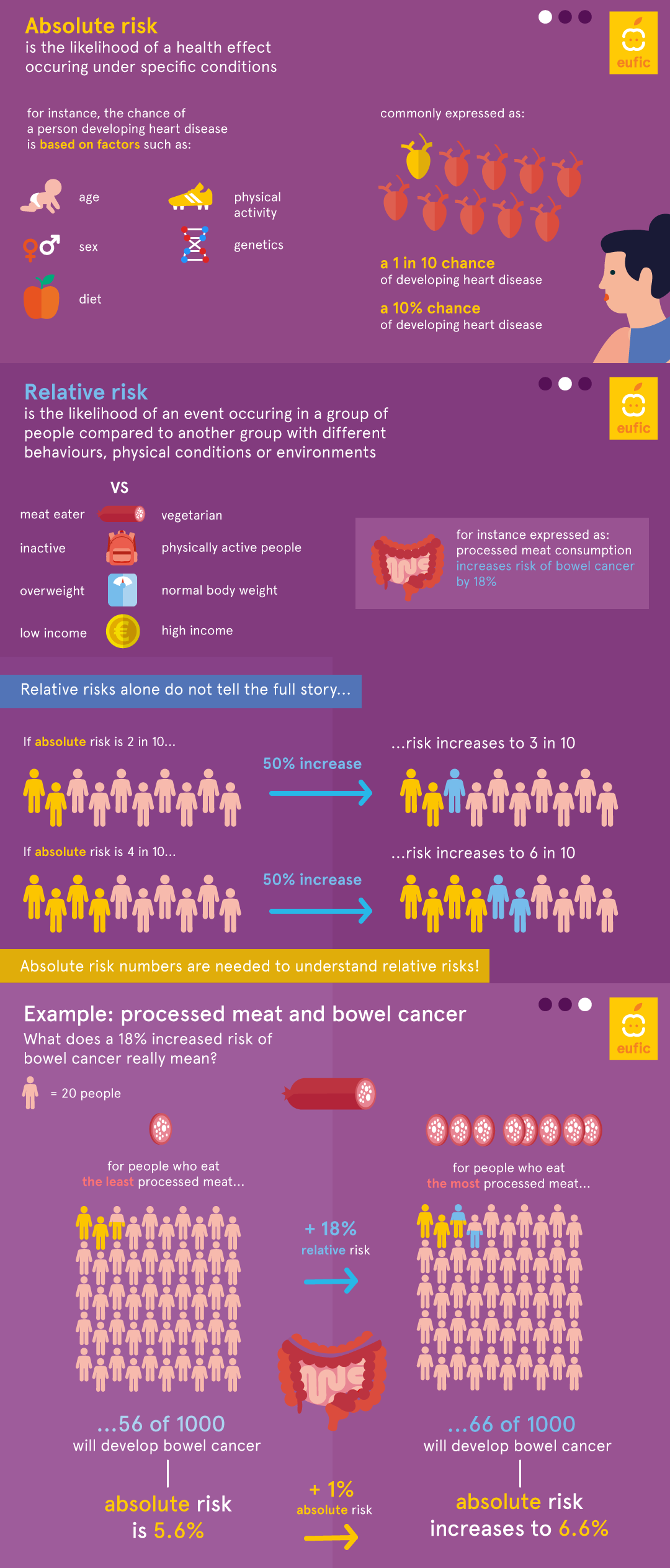The lawsuit out of Texas … alleges that [Pfizer] “engaged in false, deceptive, and misleading acts and practices by making unsupported claims” about its Covid jab that violated the Texas Deceptive Trade Practices Act.
“Pfizer created the false impression that its vaccine provided a substantially greater amount of protection against COVID-19 infection than what it afforded in reality. Pfizer undertook a continuous and widespread campaign comprised of the deceptive concerning [sic] alleged above for the purpose of misleading the public about the efficacy of its vaccine,” the lawsuit states. “This course deceptive conduct was reinforced and extended by Pfizer’s efforts to censor persons who sought to disseminate truthful information that would undermine its ongoing deception.”
Paxton specifically found that the data Pfizer used to conclude the Covid shot was nearly 100 percent effective relied on a “relative risk reduction” assessment, a measurement that the Food and Drug Administration warns leaves patients “unduly influenced” and vulnerable to “suboptimal decisions.”
Absolute risk, relative risk, and number needed to treat (NNT). When explaining risks associated with treatment, three approaches exist to describe how the treatment changes risk. For example, when explaining the benefits of taking chemoprevention to prevent breast cancer, risk reduction could be described as (1) a 50% risk reduction (relative risk reduction), (2) a reduction from a 6% risk of breast cancer to 3% (absolute risk reduction) or (3) the number of women needed to take chemoprevention to prevent cancer in one of them (NNT).
Comprehension of information and risk perceptions differ across these three formats. Sheridan and colleagues found that NNT was the most difficult format for patients to understand and recommended that it never be the sole way that information is presented.32 Additionally, when information is presented in a relative risk format, the risk reduction seems larger and treatments are viewed more favorably than when the same information is presented using an absolute risk format. This is as true for the lay public as it is for medical students.
— FDA
Sources:
- November 30, 2023. Jordan Boyd. “Exclusive: Texas AG Sues Pfizer For ‘Deceptive’ Covid Jab Con.” The Federalist.

https://thefederalist.com/2023/11/30/exclusive-texas-ag-ken-paxton-sues-pfizer-for-false-deceptive-covid-jab-con/.
General Website Link. - November 30, 2023. Ken Paxton, Brent Webster, Grant Dorfman, and James Lloyd. State of Texas v. Pfizer, Inc. Ken Paxton, Attorney General of Texas. District Court of Lubbock County, Texas.


https://www.texasattorneygeneral.gov/sites/default/files/images/press/Pfizer%20Vaccine%20Petition%20Filed.pdf.
Government, PDF. - November 30, 2023. Zachary Stieber. “Texas Sues Pfizer for Allegedly Misrepresenting Its COVID-19 Vaccine’s Efficacy.” The Epoch Times.

https://www.theepochtimes.com/article/texas-sues-pfizer-for-allegedly-misrepresenting-efficacy-of-covid-19-vaccine-5539112.
News. - November 30, 2023. Jim Hᴏft. “Attorney General Ken Paxton Files Lawsuit Against Pfizer for Misrepresentation of COVID-19 Vaccine Efficacy and Information Censorship.” The Gateway Pundit.

https://www.thegatewaypundit.com/2023/11/attorney-general-ken-paxton-files-lawsuit-against-pfizer-2/.
News. - December 1, 2023. Fabio G. C. Carisio. “BOMBSHELL!!! Texas AG Sues Pfizer on Covid Vaccine Efficacy and Conspiring.” VT Foreign Policy.

https://www.vtforeignpolicy.com/2023/12/bombshell-texas-sues-pfizer/.
Blog.[t_source] - [pt_source]December 3, 2023. Texas AG SUING PFIZER Over Vaccine Misinformation, LYING To Americans. Timcast IRL. Runtime: 10:49.
https://www.bitchute.com/video/ZZUI9TTw_A4/. - December 6, 2023. Stew Peters with Karen Kingston. FINALLY: Pfizer Sued Over Deception But Does It Go Far Enough? Texas AG Paxton Takes On Big Pharma. Stew Peters. Runtime: 37:10.

https://www.bitchute.com/video/NKfLW11XxCr3/.
Video. - December 14, 2023. Ethan Huff. “Texas Lawsuit against Pfizer Fraud a Game-Changer for Exposing COVID ‘Pandemic’ as Criminal CONSPIRACY.” Natural News.

https://www.naturalnews.com/2023-12-14-texas-lawsuit-pfizer-covid-pandemic-criminal-conspiracy.html.
News.
Related:
- August 2011. Baruch Fischhoff, Noel T. Brewer, and Julie S. Downs. “Communicating Risks and Benefits: An Evidence-Based User’s Guide.” FDA.


https://www.fda.gov/files/about%20fda/published/Communicating-Risk-and-Benefits—An-Evidence-Based-User%27s-Guide-%28Printer-Friendly%29.pdf.
Food & Drug Administration, PDF. - March 1, 2017. “Absolute VS Relative Risk.” EUFIC.

http://www.eufic.org/en/understanding-science/article/absolute-vs.-relative-risk-infographic.
General Website Link. - October 12, 2022. Roger Seheult. Absolute Risk Reduction versus Relative Risk Reduction: Is One Better for COVID Vaccines? MedCram – Medical Lectures Explained CLEARLY. Runtime: 28:13.

https://www.youtube.com/watch?v=eBiCDBb935A.
Video. - May 2, 2023. Fabio G.C. Carisio. “WUHAN-GATES – 66. Texas AG to Investigate over Big Pharmas COVID Vaccine Safety and Gain-of-Function Research (Funded by Fauci).” Gospa News.

https://www.gospanews.net/en/2023/05/02/wuhan-gates-66-texas-ag-to-investigate-covid-vaccine-big-pharma-over-safety-and-gain-of-function-research-funded-by-fauci/.
General Website Link.

If fraud is proven, Pfizer (and potentially other vaccine manufacturers) could lose their immunity against prosecution. “Fraud vitiates everything.”